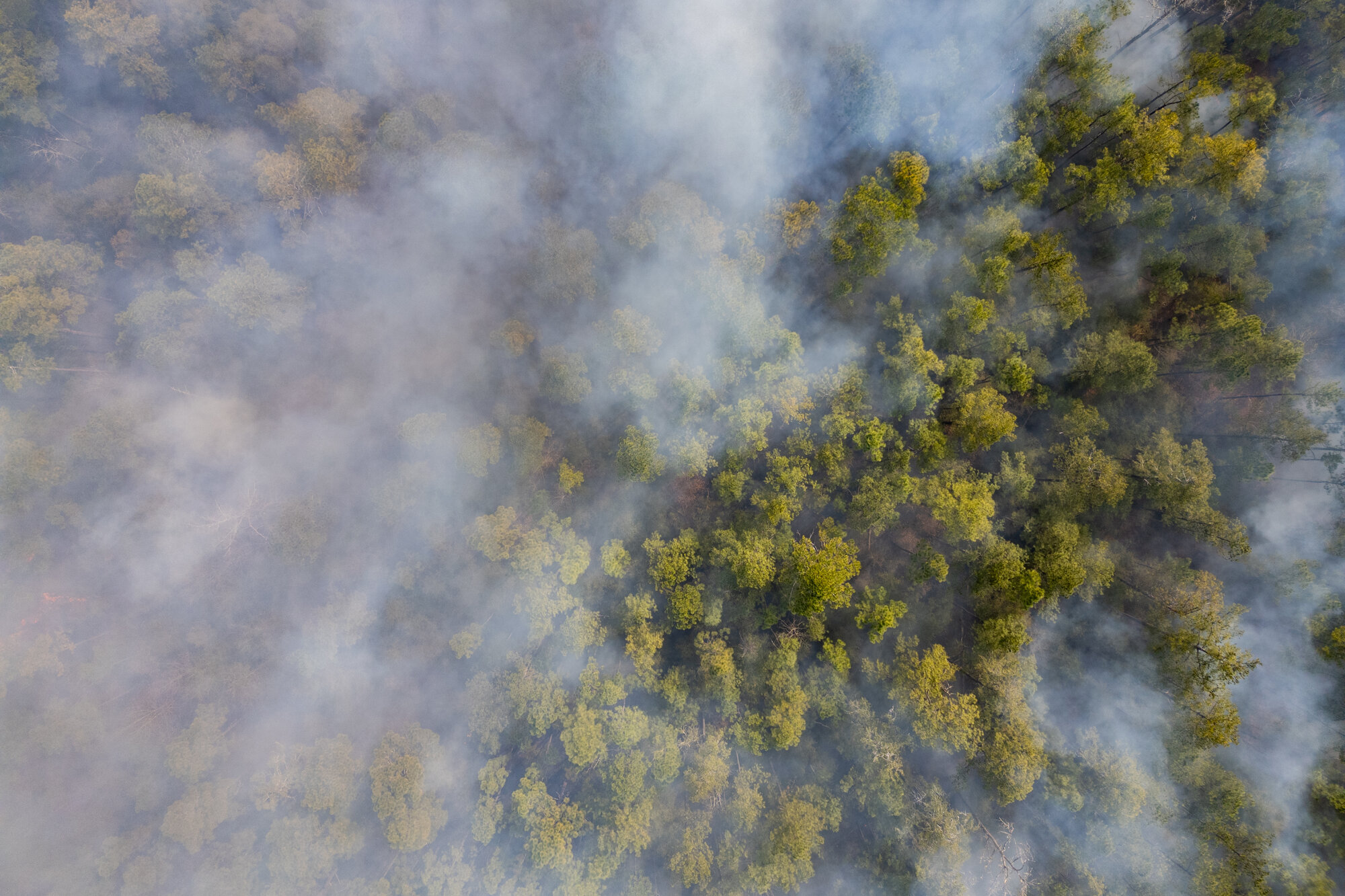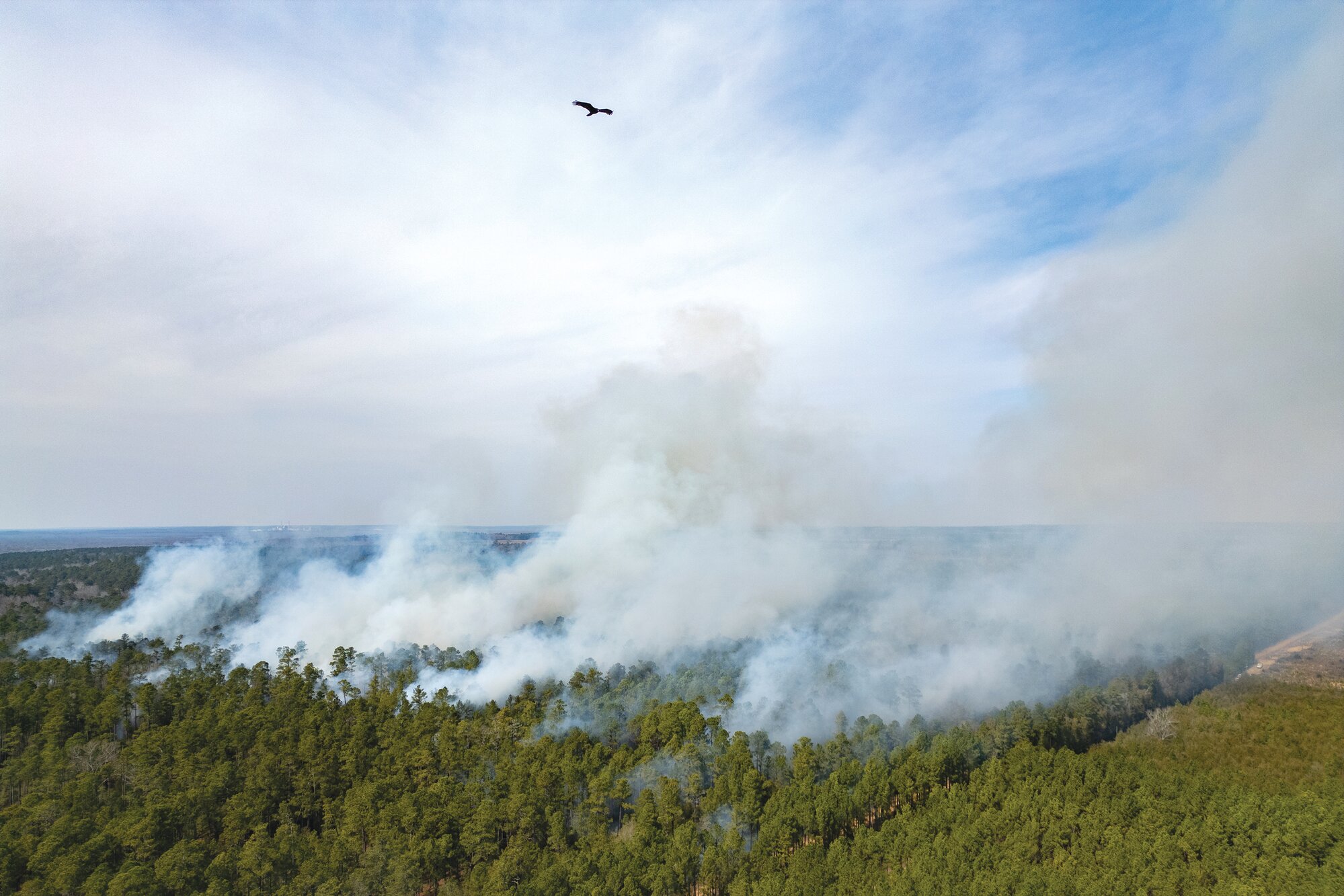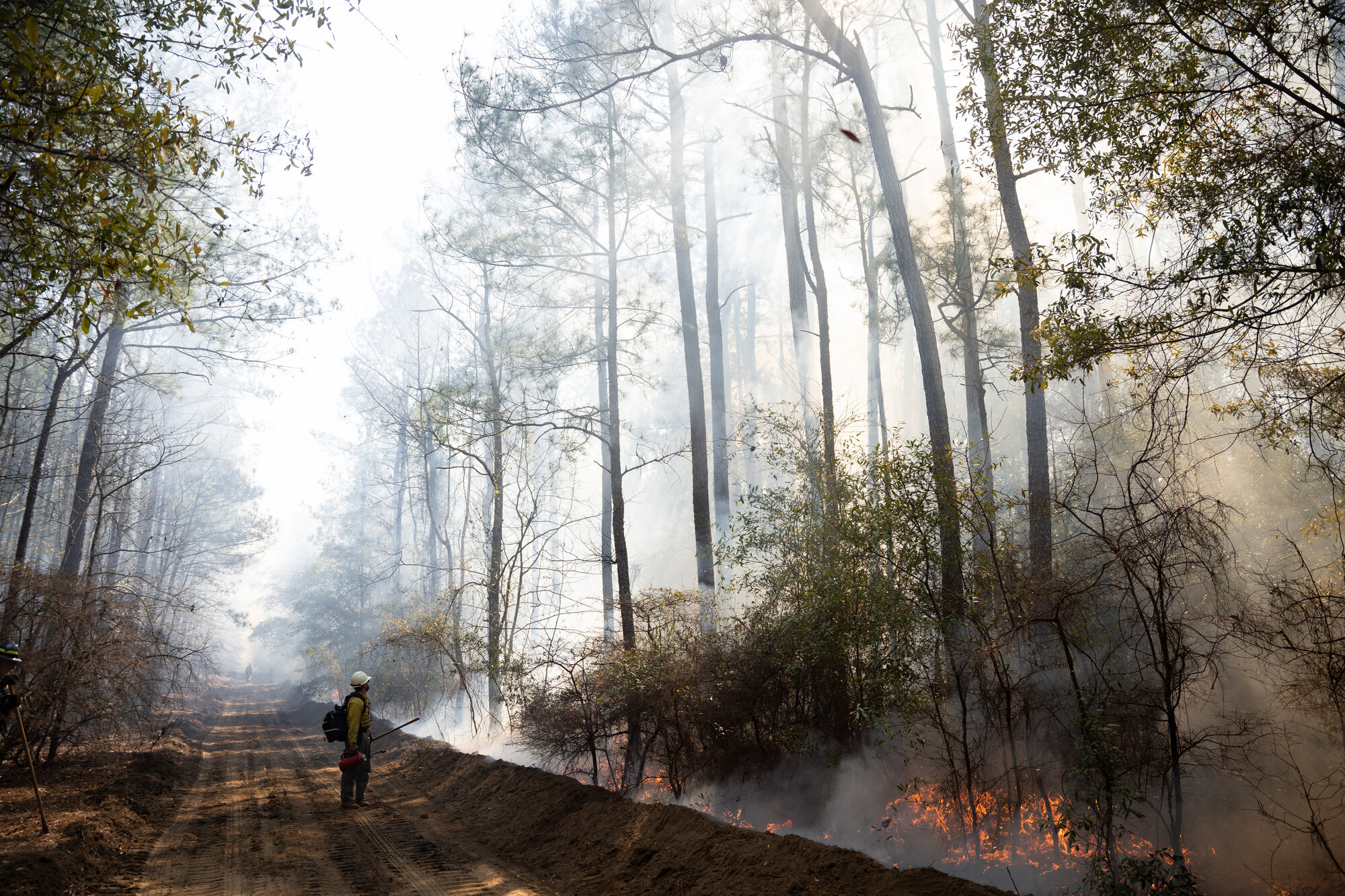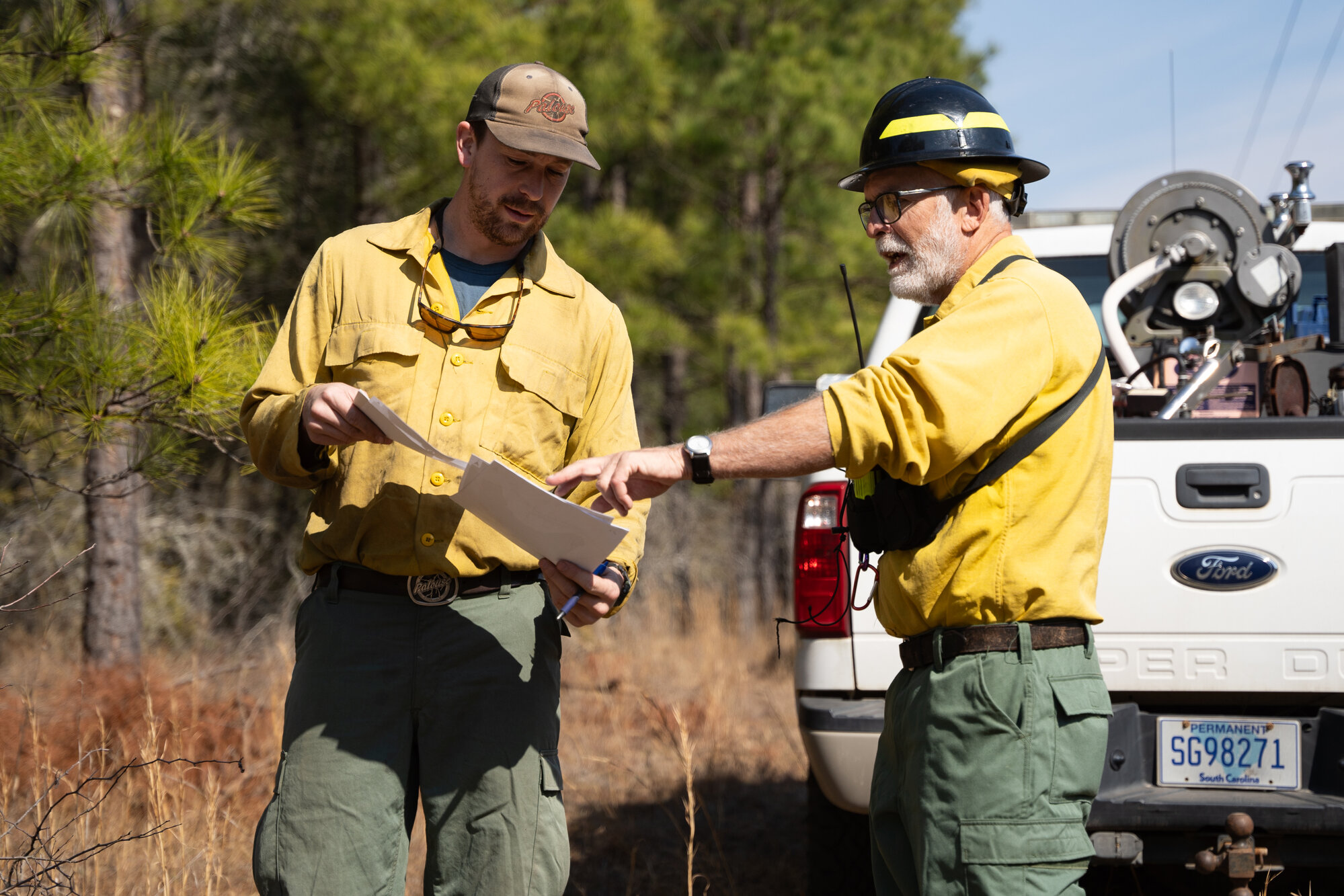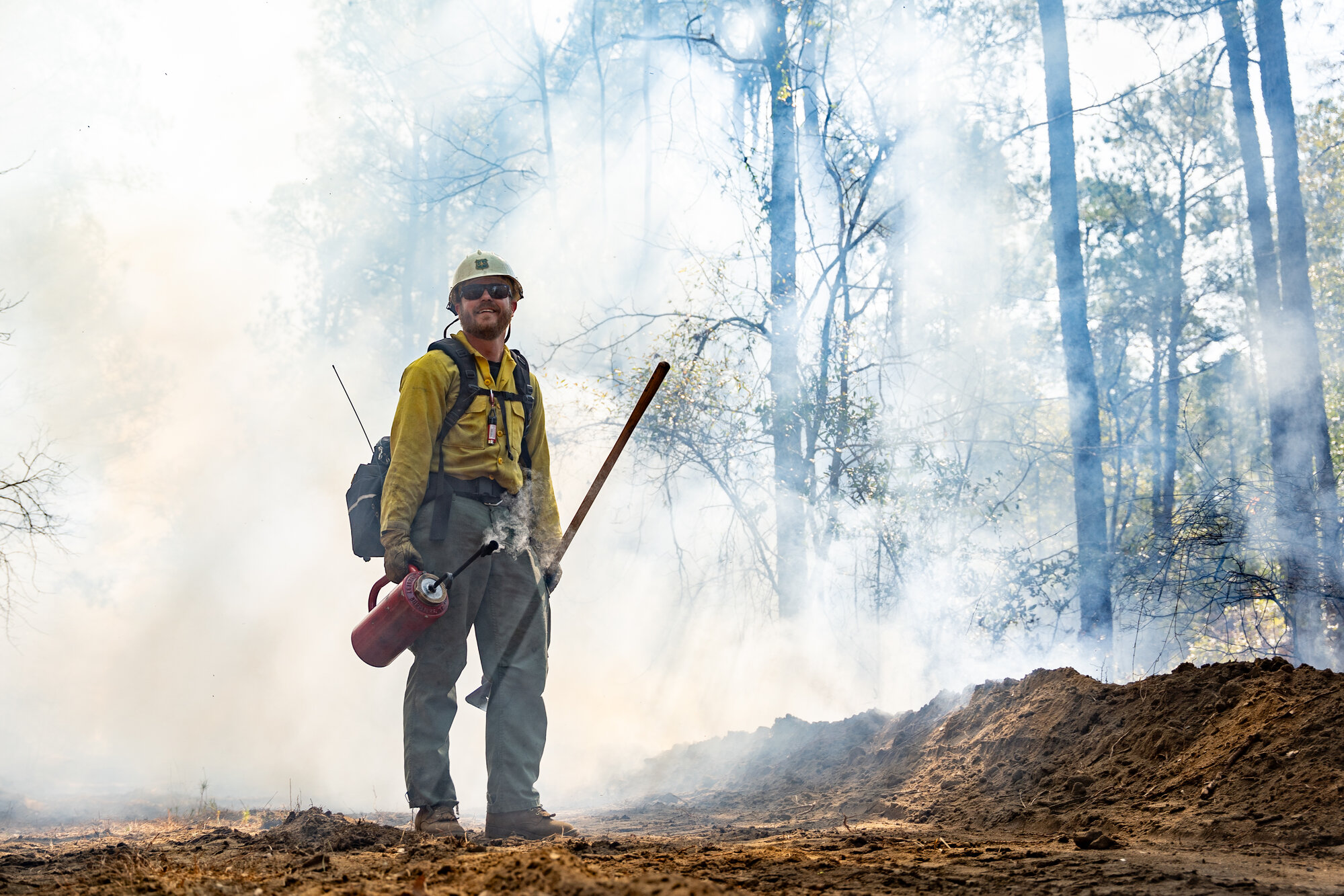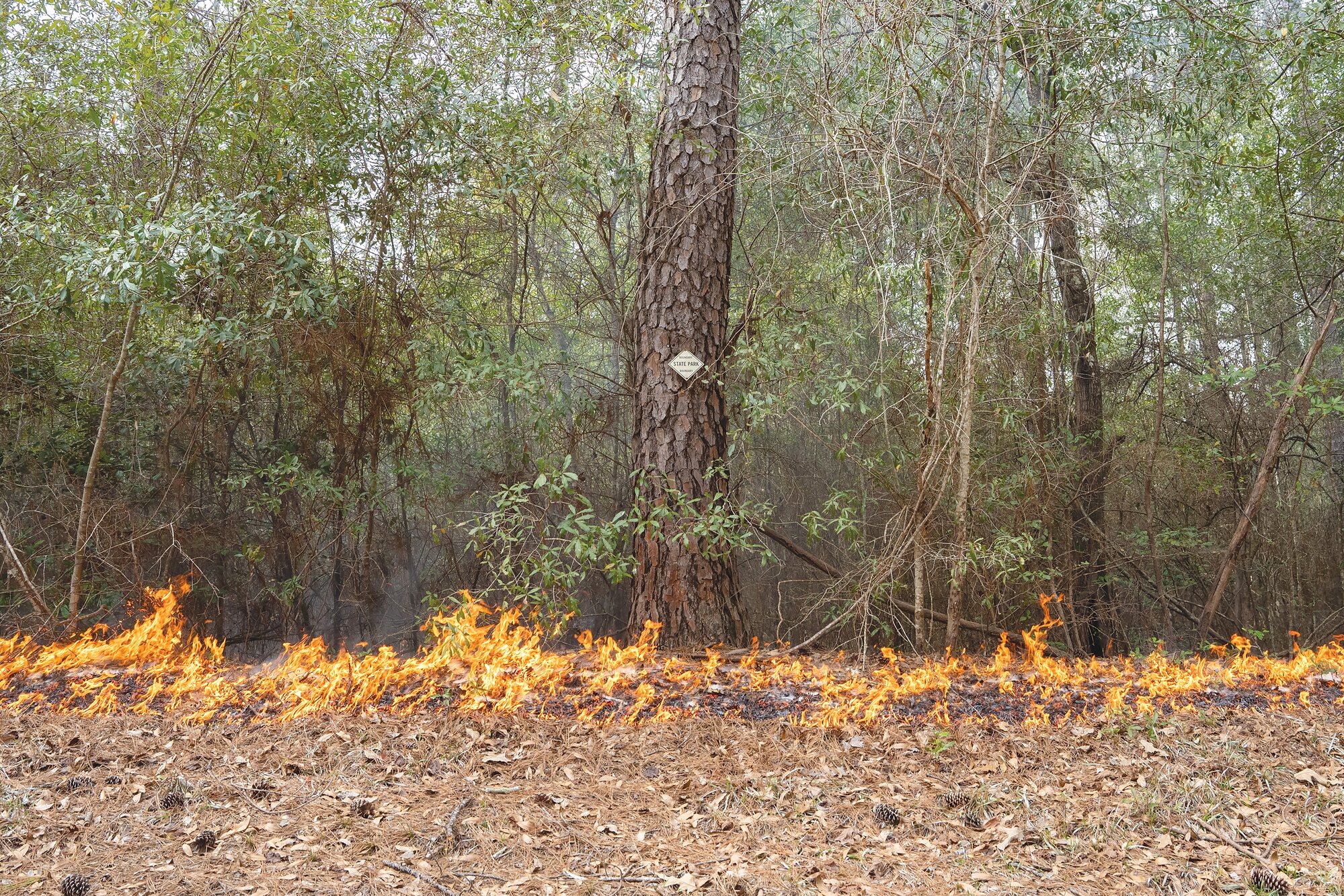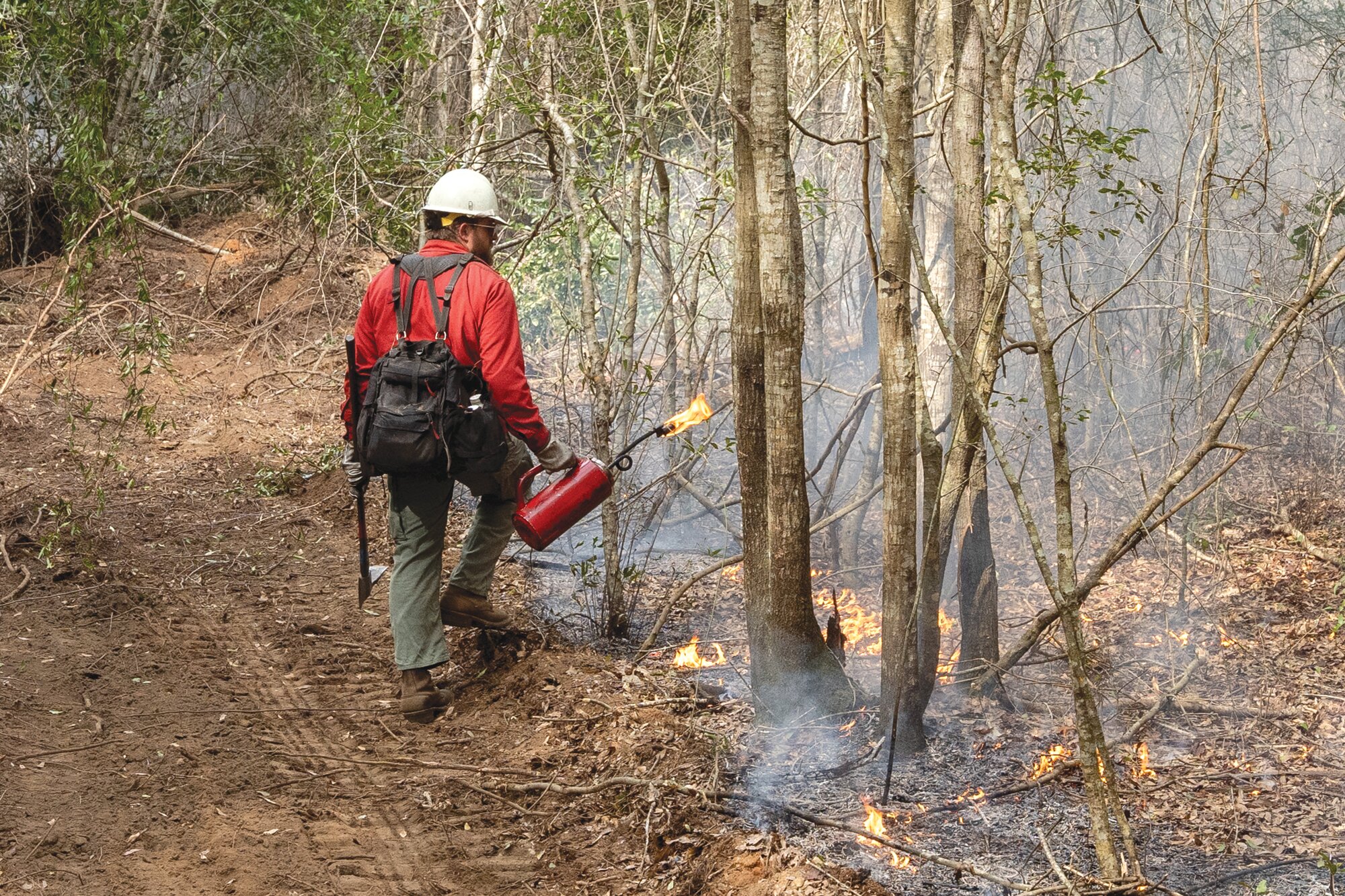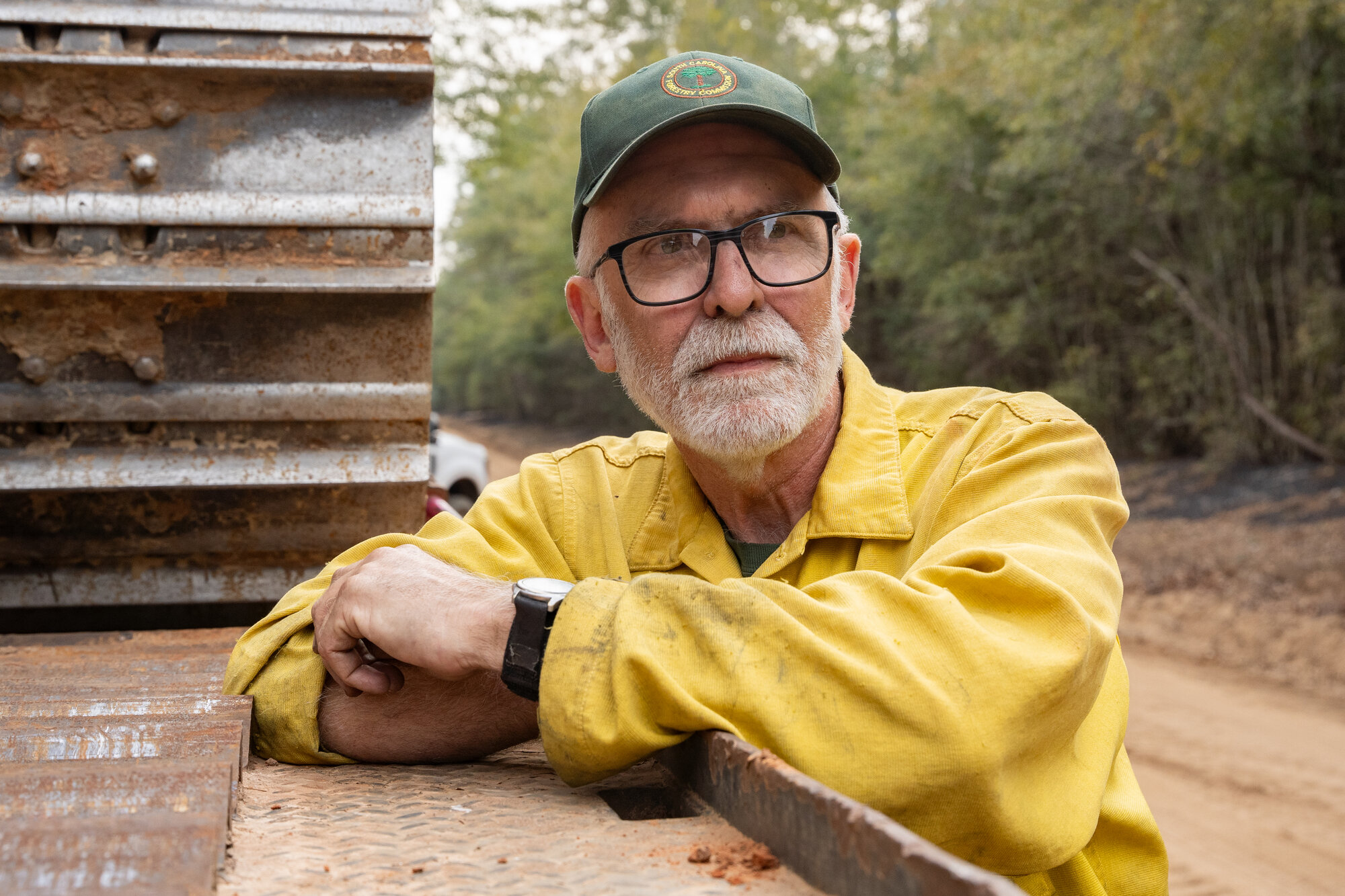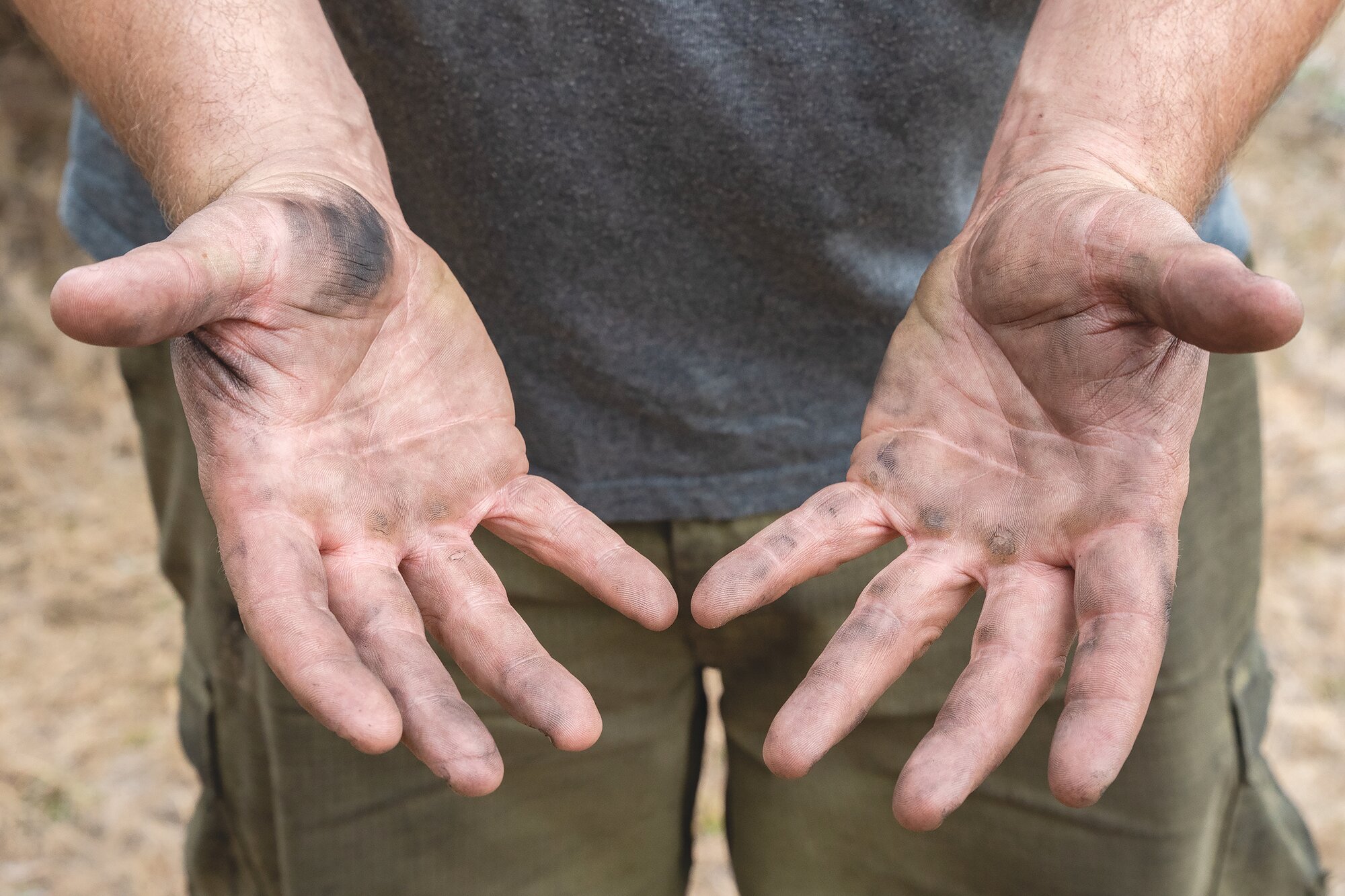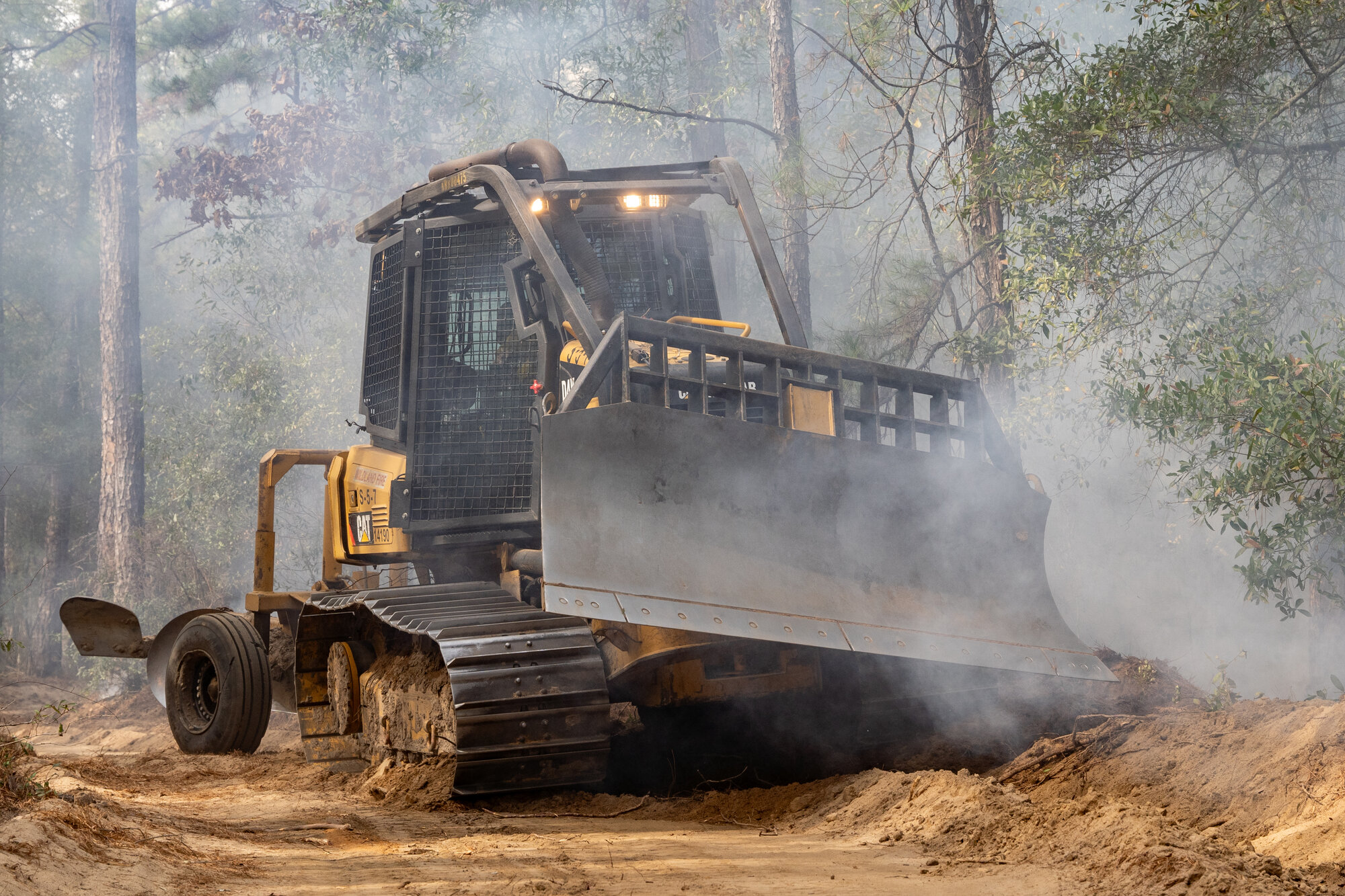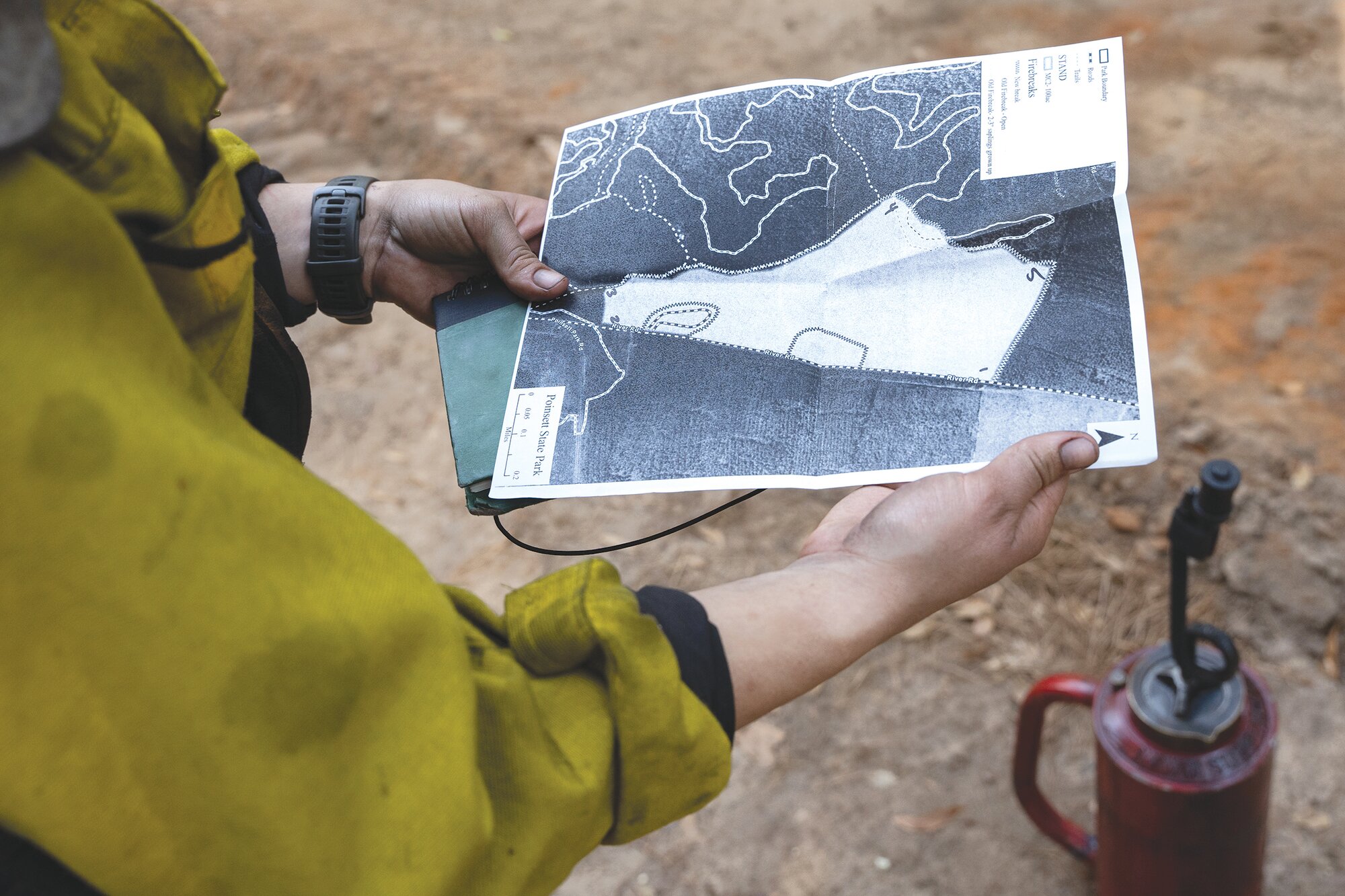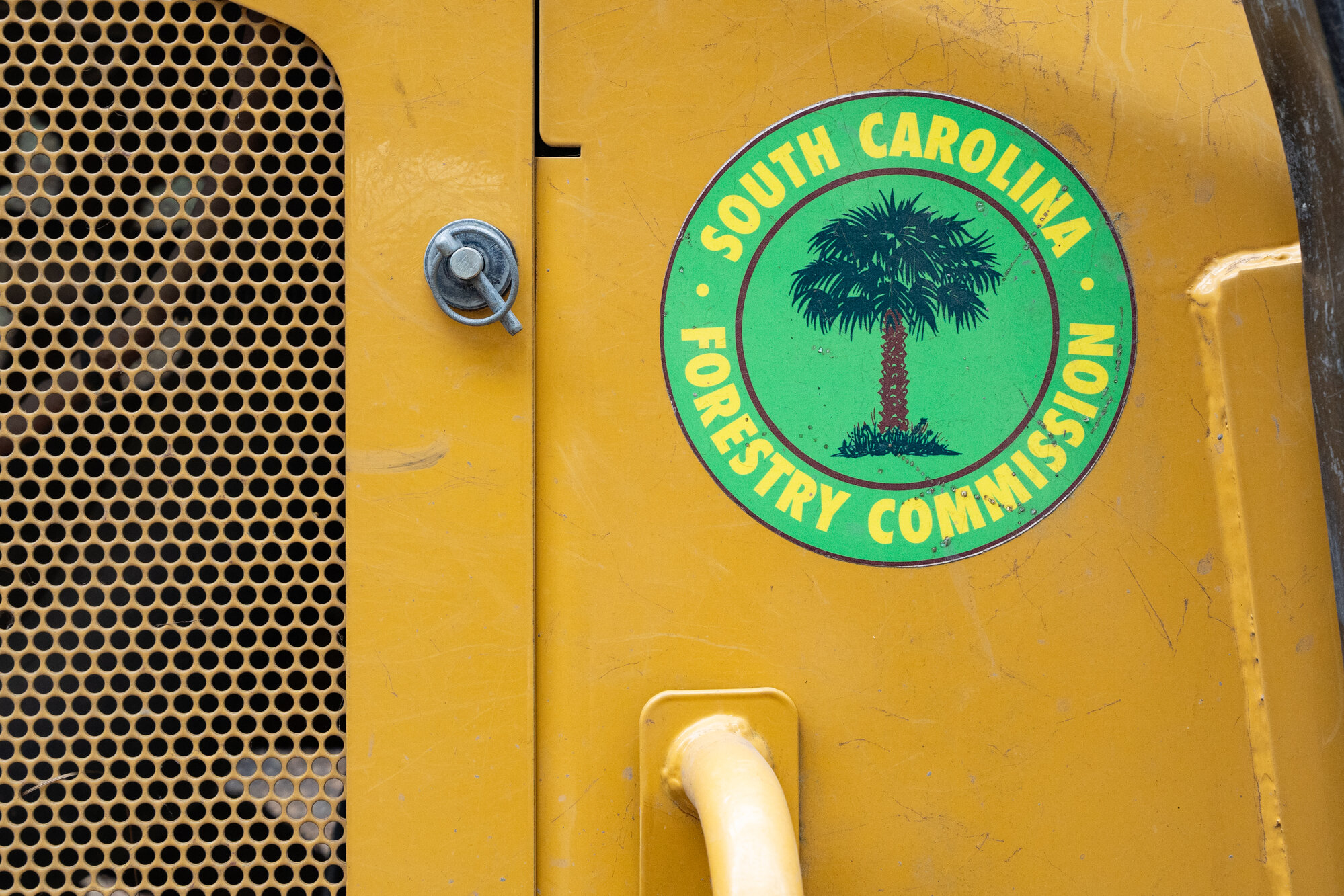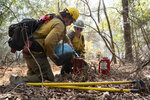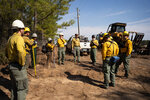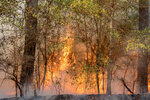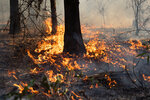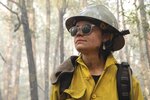'A mix between science and art': Controlled burns help land
"It's a natural process. Before there were people here, there was fire," said Kenny Robertson, unit forester for the Lynches River Unit of the South Carolina Forestry Commission.
Robertson, his local team and a visiting group of trainees from the National Interagency Prescribed Fire Training Center in Tallahassee, Florida, set fire to Sumter County's Poinsett State Park on Thursday, Feb, 22, as part of a prescribed burn to revitalize the land. They covered a 100-acre distance in the northeast part of the park, last burned in 2011, using drip torches to drop fire in lines throughout the forest. Their goal: to burn out unwanted vegetation taking nutrients from plants and specifically longleaf pine trees common to the area. They also hope to reduce the amount of debris on the ground, often referred to as "fuel," in order to mitigate the risk of uncontrolled forest fires starting.
"It's a time bomb sitting there," Robertson said. "All that fuel is just building up. You want to burn it when you can somewhat control it and not let it get away from you."
Most of the controlled burns in South Carolina take place in the dormant season from December through March, according to Robertson, when weather is ideal and time allows for plants to resprout and provide food and shelter for wildlife come spring and summer.
South Carolina Gov. Henry McMaster recently proclaimed March as Prescribed Fire Awareness Month in an effort to promote and educate the public on the practice.
"I think fire gets looked at as this bad thing. 'It's gonna destroy this. We're gonna destroy that,'" said Ben Casanova, Fire Engine Operator and NIPFTC trainee. "This is a good thing. It's not a bad thing. It's going to help our forests."
"This time of year, especially in South Carolina and the Southeast, there's going to be a lot of smoke in the atmosphere. People just need to be kind of aware of that," Mike Bozzo said.
Bozzo worked for the South Carolina Forestry Commission for 39 years and is now a part-time prescribed fire coordinator helping to increase the amount of burns throughout the state. "A lot of homes and residences are being built next to forest land, and so by burning the lands near it, that actually helps protect those homes as well."
Before burns are conducted, factors such as weather are taken into consideration and a burn plan is created long before each outing to reduce risks both onsite and of smoke affecting life elsewhere. However, as Robertson described it, remaining adaptable is also very important.
"It's well thought out. It's well planned. It's not something that's just kind of thrown together at the last minute. It's science, but it's kind of a mix between science and art because it's not something you can sit down and just on a calculator figure it out."
Robertson stressed the importance of public awareness on how and why prescribed burns are done. More information can be found at scfc.gov.
"We're trying to mimic nature in a safe way. There is a purpose behind it. It is science, and in this part of the country, it is a necessity. It's not a matter of if the place is going to burn, it's a matter of when. It's a lot better to be able to do it in a controlled way," he added.
More Articles to Read

